Sock Knitting Measurements
Sock Knitting Measurements - Once you have your measurements, the next step will be to calculate the number of stitches you need to cast on. Multiply the gauge with your measurement like this: Or one that was so tight that it left marks on your foot? Web have you ever knit a sock that sagged and fell down around your ankles? Make sure you knit your swatch using the same yarn, needles/loom and stitch pattern you plan to use for your sock! The flat length below is approximately the finished length of the sock after it has been shrunk. They follow the general rule that your ball of foot measurement is about the same size as your leg measurement. To ensure your socks fit perfectly, follow these essential steps: The rib hugs the leg and helps keep the sock up. Web tape a piece of paper to a hard floor, ensuring the paper doesn’t slip. Web tape a piece of paper to a hard floor, ensuring the paper doesn’t slip. Web by entering a few measurements the calculator will tell you the correct number of cast on stitches and help you figure out your short rows for the heel and toe. If you end up with an uneven number, round it up to the nearest. Web most sock patterns using fingering weight yarns call for between a us 2 (2.75mm) and us 3 (3.25mm). However, these sizes are only recommendations and you should change your needle size to obtain correct gauge. No more guesswork or complicated calculations once you’ve found the perfect pattern. For example, it will tell you precisely how many stitches to cast. Multiply the gauge with your measurement like this: And then start decreasing at the toe. The rib hugs the leg and helps keep the sock up. These measurements will determine the number of stitches you’ll need for the sock. Gauge (stitches per inch or cm) x the foot circumference (in inches or cm) = your stitch count. Web for the best fit, a sock for an adult should measure about 10 percent—practically speaking, that corresponds to about 1” (2.5 cm)—smaller than the actual leg or foot circumference, and about 1/2” (1.3 cm) shorter than the actual foot length. If you learn how to measure your foot the right way and compare it to the pattern sizing, this. Easy to use, no tape measure blue. Web the sock ruler (patent pending), is constructed of a heavy duty, yet flexible plastic; The rib hugs the leg and helps keep the sock up. The flat length below is approximately the finished length of the sock after it has been shrunk. * rows based on 9.8 rows/inch Web measure around the foot at the widest part. Web these measurements are the average foot circumference measures gathered from different sources (e.g. For this tutorial, i have selected, in my opinion, the easiest. They follow the general rule that your ball of foot measurement is about the same size as your leg measurement. Web this is a knitted sock. Make sure you knit your swatch using the same yarn, needles/loom and stitch pattern you plan to use for your sock! And then start decreasing at the toe. However, these sizes are only recommendations and you should change your needle size to obtain correct gauge. Make sure to do a gauge swatch and match your gauge to the recommended stitch. If you learn how to measure your foot the right way and compare it to the pattern sizing, this will never happen again! You can use the measurement as a basis when you are grading your sock design or when you are knitting the socks as a gift. Web for the best fit, a sock for an adult should measure. Or one that was so tight that it left marks on your foot? This is the top of the sock, usually one or two inches knit in a k1, p1 rib or a k2, p2 rib. Web this is a knitted sock size chart for knitting with thick sock yarn and using us 4 to us 6 (3.5 to 4mm). The keys to successfully fitting socks. Web measure around the foot at the widest part. An innovative measuring tool for sock knitters that goes inside of the sock, allowing it to lie flat and ensure accurate measurements. Multiply the gauge with your measurement like this: Web the anatomy of a sock. For example, it will tell you precisely how many stitches to cast on to knit whichever size you want. An innovative measuring tool for sock knitters that goes inside of the sock, allowing it to lie flat and ensure accurate measurements. The rib hugs the leg and helps keep the sock up. Measure your foot circumference and foot length accurately. Web use your needles and yarn of choice to get your gauge, then enter the information about the size the sock needs to be. Make sure to do a gauge swatch and match your gauge to the recommended stitch count in the pattern! However, these sizes are only recommendations and you should change your needle size to obtain correct gauge. This is the top of the sock, usually one or two inches knit in a k1, p1 rib or a k2, p2 rib. Web the anatomy of a sock. If you learn how to measure your foot the right way and compare it to the pattern sizing, this will never happen again! Stand with one foot on the paper and a slight bend in your knees. No more guesswork or complicated calculations once you’ve found the perfect pattern. Web the sock ruler (patent pending), is constructed of a heavy duty, yet flexible plastic; Make sure you knit your swatch using the same yarn, needles/loom and stitch pattern you plan to use for your sock! Web from the table below you can check the typical needle sizes that are used to knit socks. Socks are knit using either dpns (double pointed needles) or fixed circular knitting needles.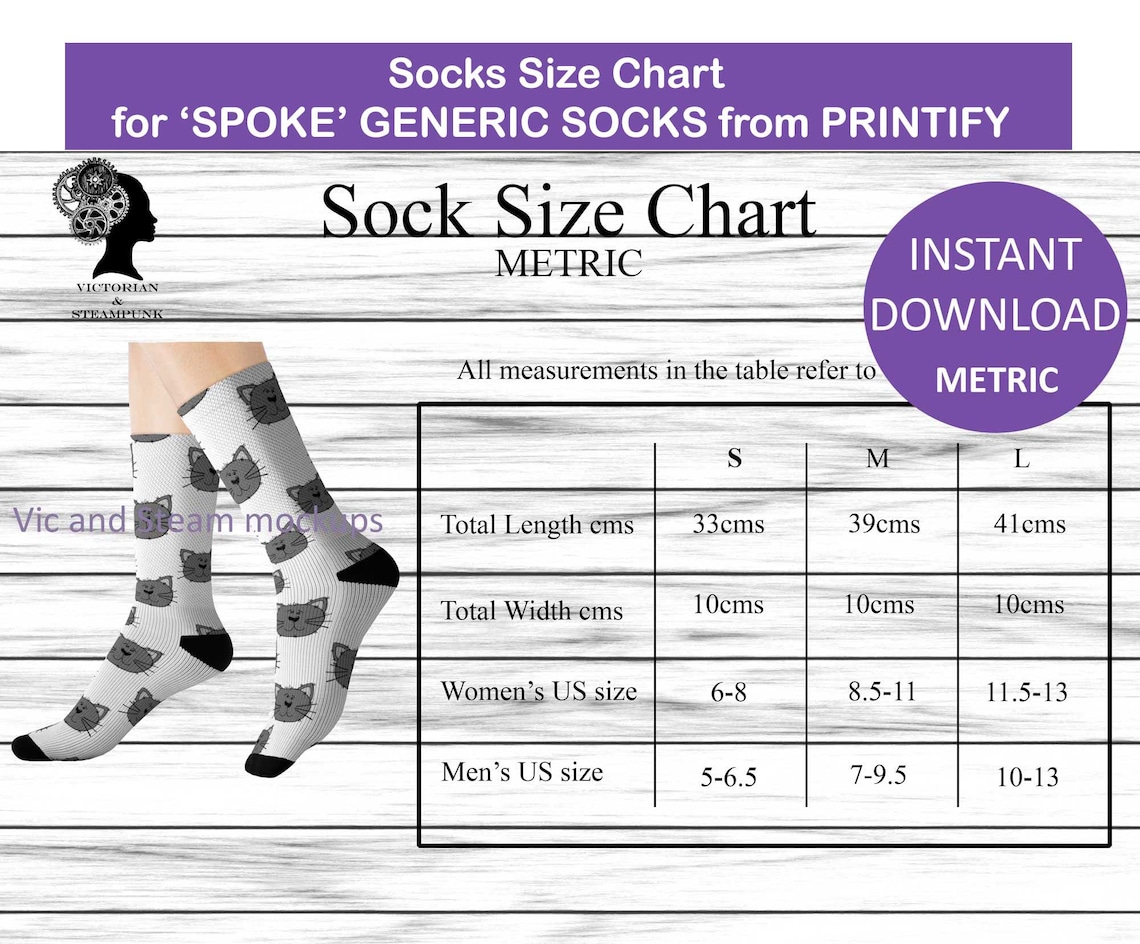
Hanes Women's Sock Size Chart

Sock Knitting 101 How a Sock is Supposed to Fit Interweave
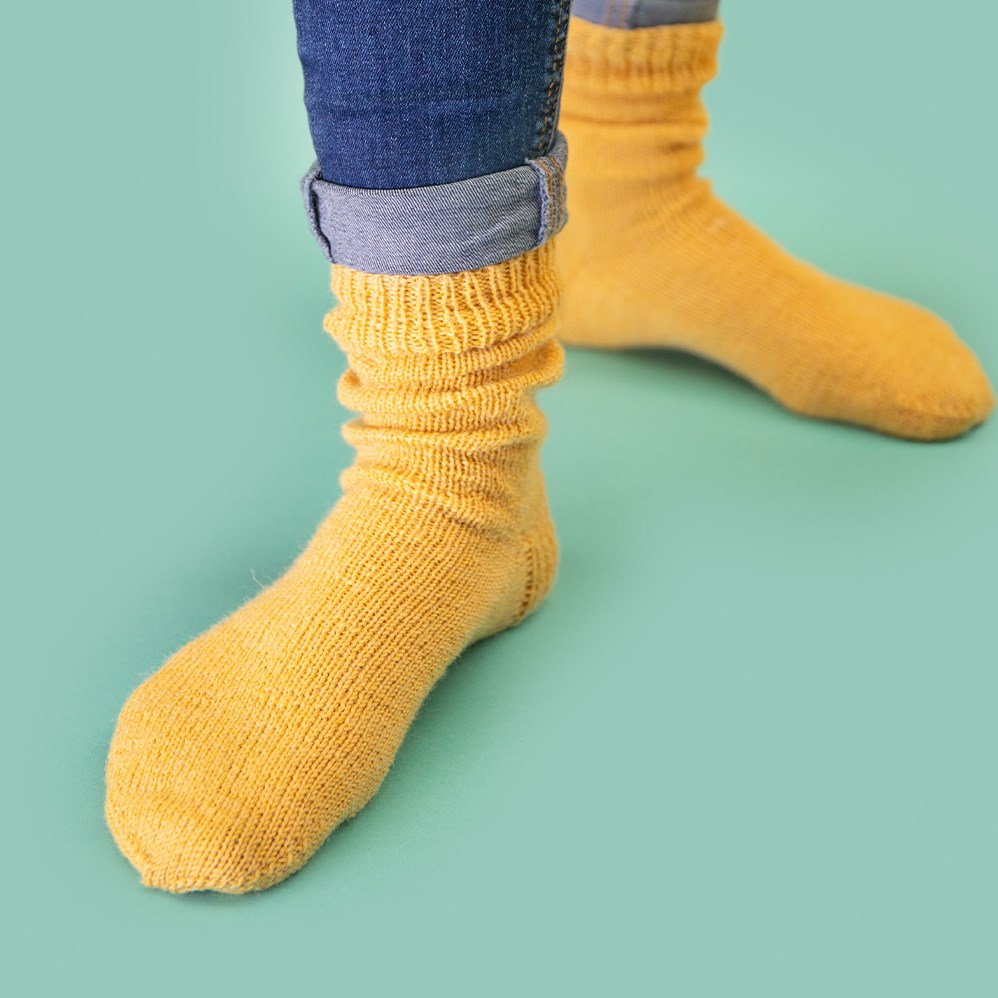
Size Chart Sock Knitting

Sock Size Chart Free Download 10 rows a day
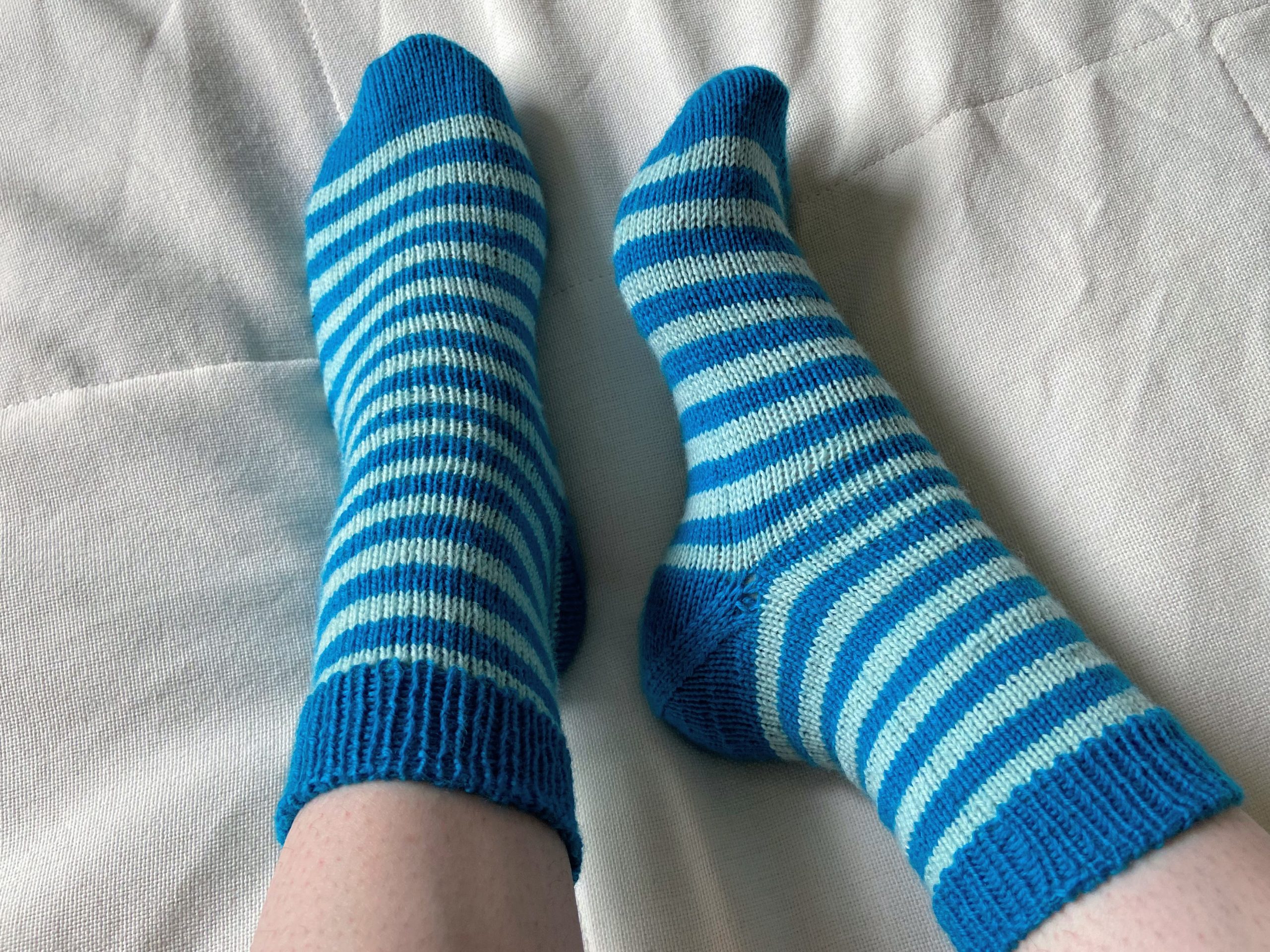
Foot Size Chart for Sock Knitting Knitgrammer
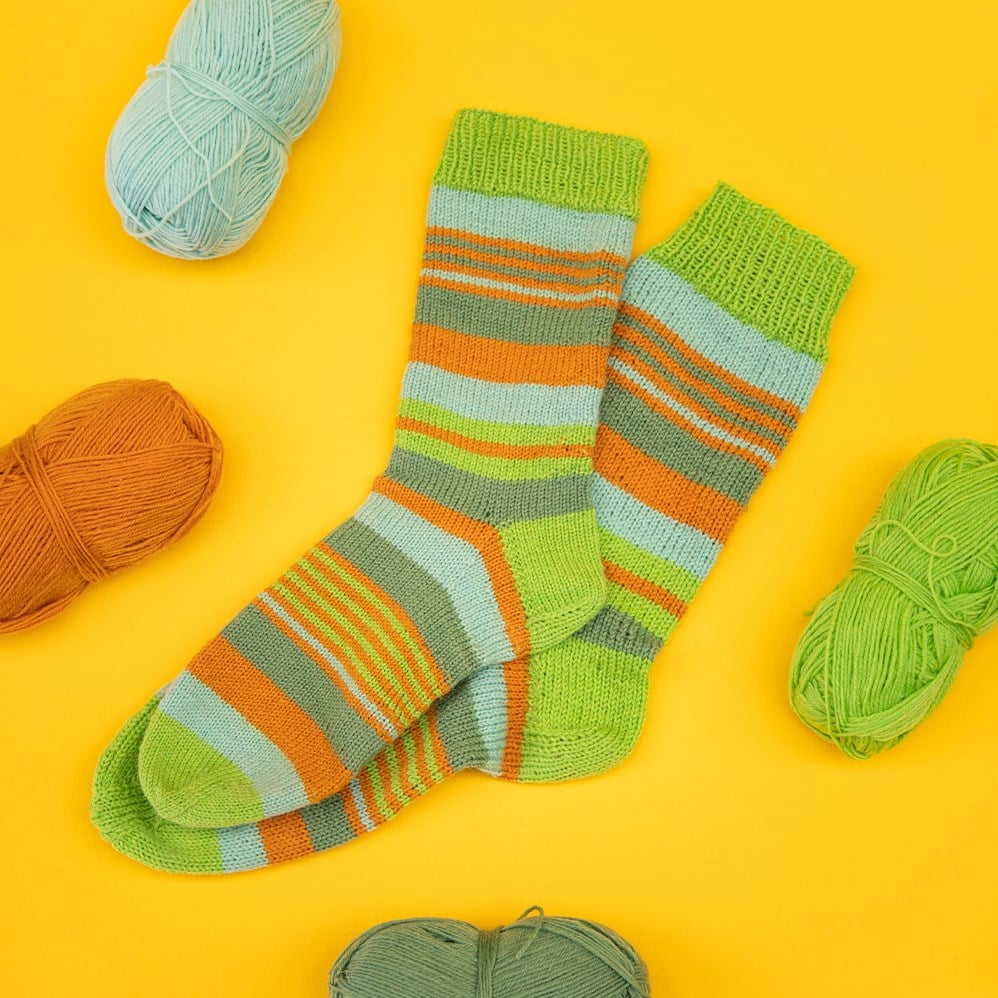
Size Chart Sock Knitting
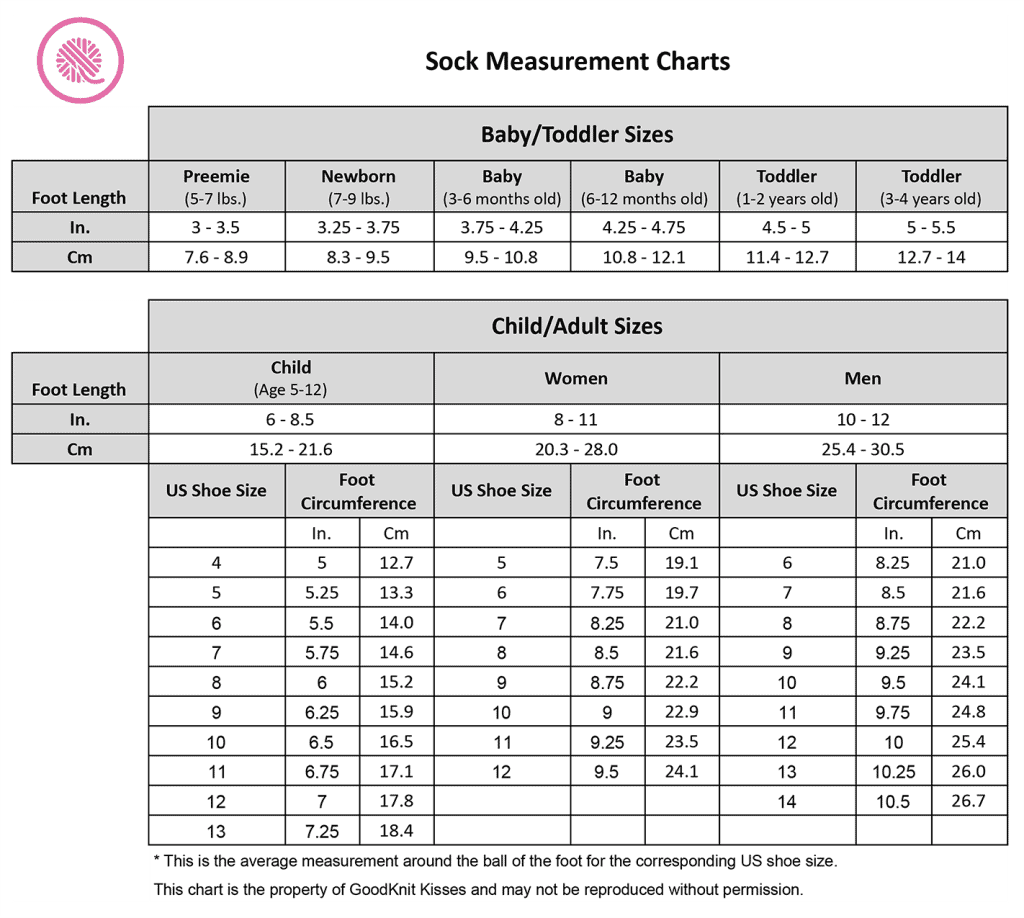
Sock Sizes Chart Common Foot Measurements from Baby to Adult

Sock It To Me Shoe Size to Sock Length Conversion Guide, Knitting

Sock Size Chart

Crochet Sock Sizes and adjusting socks to fit your foot Dora Does
The Keys To Successfully Fitting Socks.
Or One That Was So Tight That It Left Marks On Your Foot?
Web Most Sock Knitting Patterns Base Their Measurements On Standard Shoe Sizes.
Multiply The Gauge With Your Measurement Like This:
Related Post: